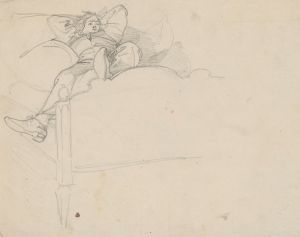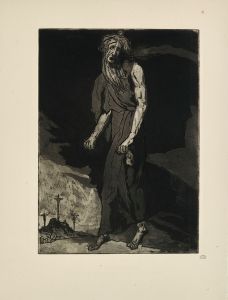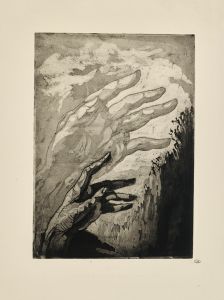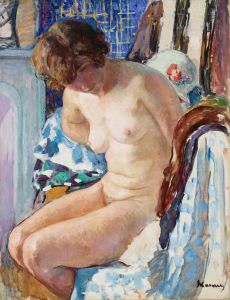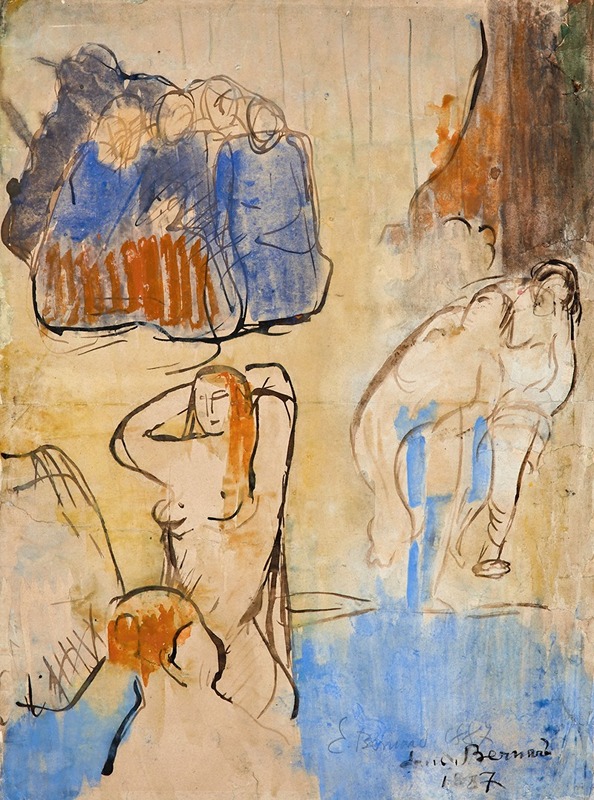
Etude pour Baigneuses
A hand-painted replica of Emile Bernard’s masterpiece Etude pour Baigneuses, meticulously crafted by professional artists to capture the true essence of the original. Each piece is created with museum-quality canvas and rare mineral pigments, carefully painted by experienced artists with delicate brushstrokes and rich, layered colors to perfectly recreate the texture of the original artwork. Unlike machine-printed reproductions, this hand-painted version brings the painting to life, infused with the artist’s emotions and skill in every stroke. Whether for personal collection or home decoration, it instantly elevates the artistic atmosphere of any space.
"Etude pour Baigneuses" is a painting by the French artist Émile Bernard, a prominent figure in the Post-Impressionist movement. Born in 1868, Bernard was known for his innovative approach to painting, which often involved bold colors and strong outlines. He was a contemporary and associate of other notable artists such as Paul Gauguin and Vincent van Gogh, and he played a significant role in the development of Symbolism and Cloisonnism in art.
The painting "Etude pour Baigneuses" is a study that reflects Bernard's interest in depicting the human form and exploring themes of leisure and nature. The title, which translates to "Study for Bathers," suggests that this work was likely a preparatory piece for a larger composition or a series of works focusing on the theme of bathers, a popular subject in art history that has been explored by many artists, including Paul Cézanne and Pierre-Auguste Renoir.
In "Etude pour Baigneuses," Bernard employs a style characterized by the use of flat, unmodulated colors and strong, dark outlines, a technique known as Cloisonnism. This approach was influenced by the artist's interest in Japanese prints and medieval stained glass, both of which emphasize clear contours and vibrant color contrasts. The painting likely features figures in a natural setting, engaged in the act of bathing, which was a common motif used to explore the harmony between humans and nature.
Bernard's work during this period was marked by a departure from the Impressionist focus on capturing the effects of light and atmosphere. Instead, he sought to convey deeper symbolic meanings and emotional resonance through simplified forms and a more structured composition. This approach aligned with the broader Symbolist movement, which aimed to express ideas and emotions beyond the visible world.
The significance of "Etude pour Baigneuses" lies in its representation of Bernard's artistic evolution and his contribution to the Post-Impressionist movement. His collaboration and exchanges with other artists of the time, particularly Gauguin, were instrumental in shaping the direction of modern art. Bernard's exploration of form and color influenced subsequent generations of artists and helped pave the way for movements such as Fauvism and Cubism.
While specific details about the painting's current location or provenance may not be widely documented, "Etude pour Baigneuses" remains an important example of Émile Bernard's work and his innovative approach to art. Through this study, Bernard not only captured the essence of his subjects but also contributed to the broader dialogue of artistic experimentation and expression that defined the late 19th and early 20th centuries.






